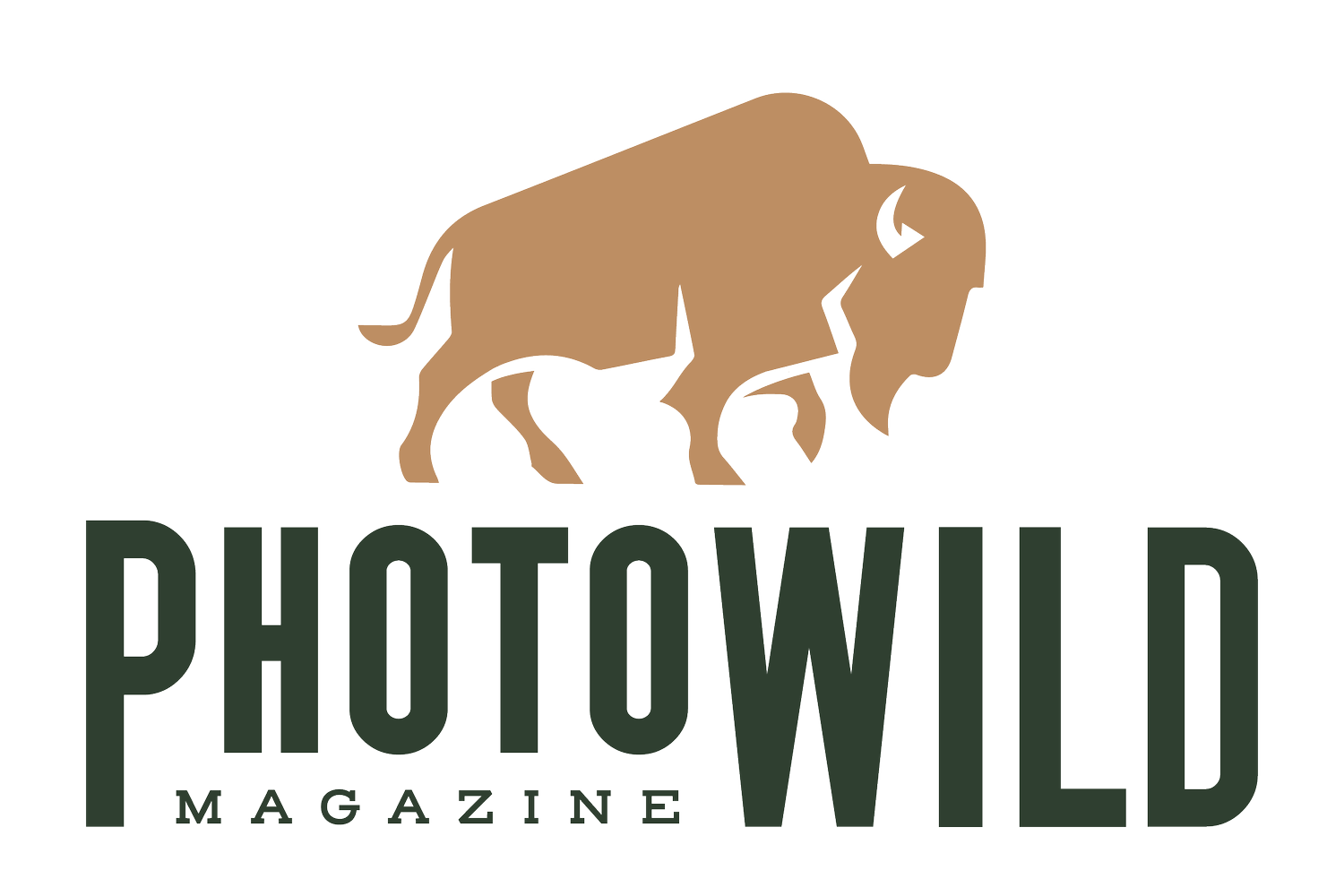Will your photography survive when disaster strikes?
There is no such thing as a crash proof hard drive or solid state drive
We spend countless hours and many thousands of dollars on our photography, yet all to often most photographers do not have a reliable and fool-proof system in place to deal with catastrophic loss of their photographs
Professional photographers the world over utilize this one seamless strategy for ensuring their life’s work survives everything from drive failures to house fires
We all chase after photographs for different reasons. Some of us do it for a living. Those photographs are business assets that pay bills. Others do it as a hobby and photographs may be memories and experiences and even some bragging rights thrown into the mix. Regardless of a photographer’s “why,” there is one thread that connects all our work: we put a lot of time, effort, and money into creating those photographs.
I have had the opportunity to work with a lot of photographers over the years. Some of this has been within the context of leading workshops, sometimes it’s been speaking engagements, other times it’s been working with other professionals or even crews from National Geographic or the BBC. And as such, after twenty years of navigating this world as a wildlife photographer, I have come to the conclusion that there are two types of photographers in the world: those with a rock-solid strategy for backing up and protecting their life’s work, and those whose organization and notions of backing up work is a swirling vortex of entropy. Entropy, by the way is defined as known and measurable chaos.
Let’s face it. Shit happens. Hard drives crash. Power surges happen. Home break-ins occur.
My parents’ home was recently struck by lightning and every single wall outlet was blown completely out of the wall. What if this was your home and your computer and hard drives were connected to one of those outlets? Would you still have all your photographs? Would you have to start over?
These, above all others, may be the most important questions us wildlife photographers should be asking ourselves once we have returned back from the field.
For me, a single photograph has the potential to make income for many years to come. A single photograph has the potential to buy new lenses, cameras, plane tickets, and help pay mortgages year after year. My photographs are my retirement fund. Lose those photographs and it would be like so many 401Ks drying up during the Great Recession.
For this reason, backing up and protecting our work is one of the most important considerations we all must make. And while there are many different ways to go about doing this, all working photographers tend to have one thing in common here: they practice the 3-2-1 strategy.
Uncompromising quality. Workshop level education. The Art & Science of wildlife photography at your finger tips.
Already a member? Sign In


